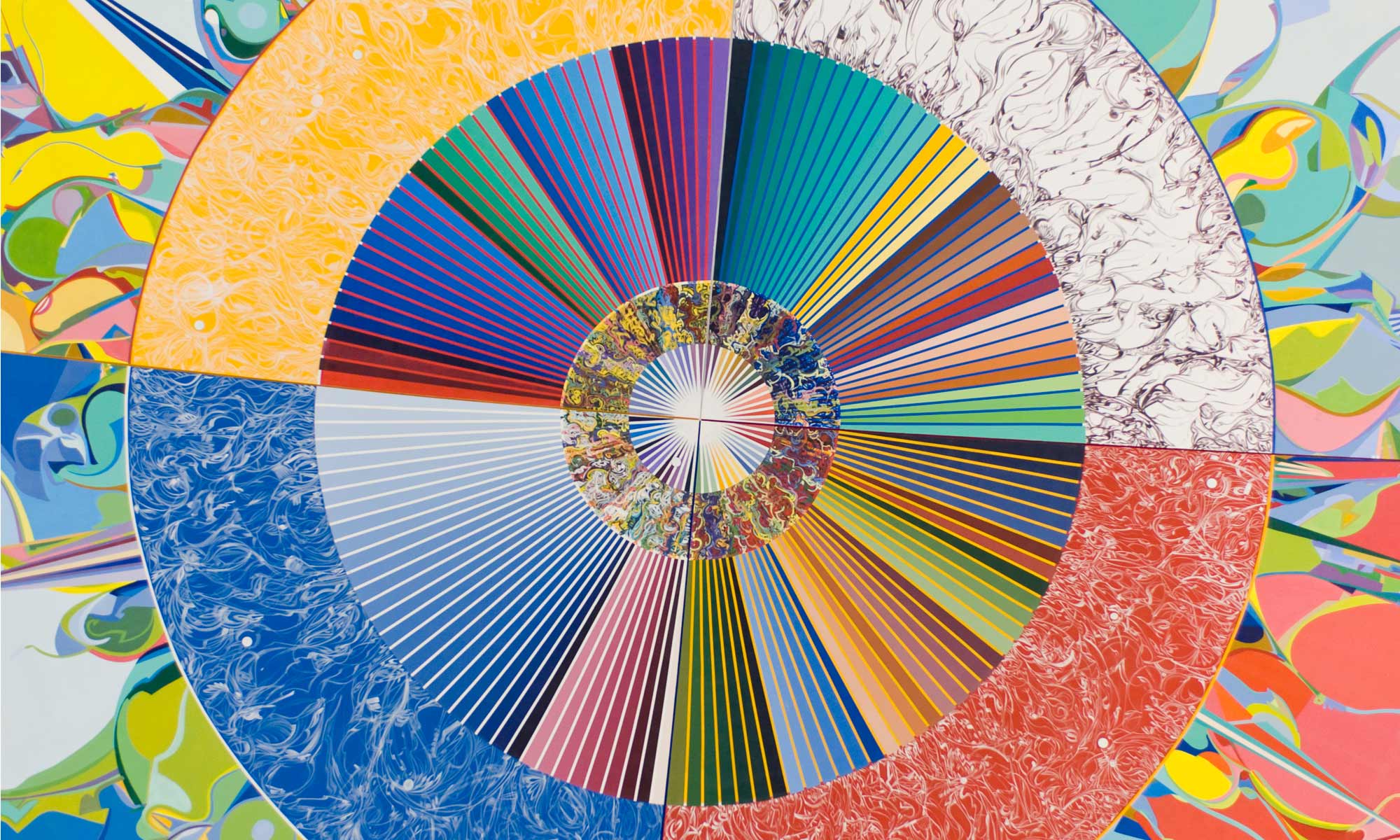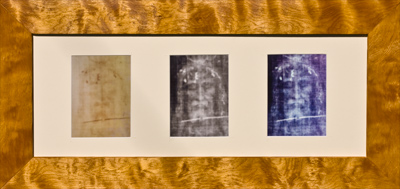An amusing Anne Leibovitz photo of Ellen DeGeneres.
Digital Media Primer for Geeks
Xiph.org describes itself as “a non-profit corporation dedicated to protecting the foundations of Internet multimedia from control by private interests. (Its) purpose is to support and develop free, open protocols and software to serve the public, developer and business markets.”
With that auspicious introduction, I would like to bring attention to an excellent video presentation by Christopher “Monty” Montgomery, the mastermind behind the Ogg Theora open source video format. This first in a series video bills itself as “a digital media primer for geeks.”
And that is exactly what it is. If you want to get a good understanding of the technical underpinnings of audio and video, in the analog and digital realms, this is the place to start. The associated Wiki is well worth visiting and bookmarking as well.
In keeping with Xiph’s mission of bringing open source ideas to the multimedia world, the video is available for free download. It is encoded in WebM and Ogg Theora, and streamed using HTML5.
My congratulations to Monty, the team at Xiph.Org and Red Hat for undertaking this project and doing such an excellent job.
The Shroud of Turin
I am just finishing up a new photography project. A couple of years ago, a replica of the Shroud of Turin was making the rounds. In case you don’t know about the shroud, it is reputed to be the burial cloth draped over Christ. The link above is to the Wikipedia article, which is as good a place as any to get some background, if you are so inclined.
The background I will share here is that, in 1898, the shroud was photographed for the first time by an amateur photographer named Secondo Pia. To his astonishment, the photographic plate revealed the face of a man, in positive, which implies that the image on the shroud is a negative.
The shroud was photographed for the second time by Giuseppe Enrie, in 1931. Those images were shot using high contrast film and are quite stunning.
A great mystery of the shroud is how the image was imprinted on the linen. Again, you can read about this elsewhere, as the discussion is very well documented.
So, I’d like to share my photograph of the face in the shroud as it appears naturally, along with a couple of images that were inverted and filtered in Photoshop.
I am certainly not here to argue for or against the authenticity of the shroud. But you can clearly see the face.
As I said, this was a project which I mounted and framed. Here is the completed project, with a frame made of flamed birch.
Addendum:


